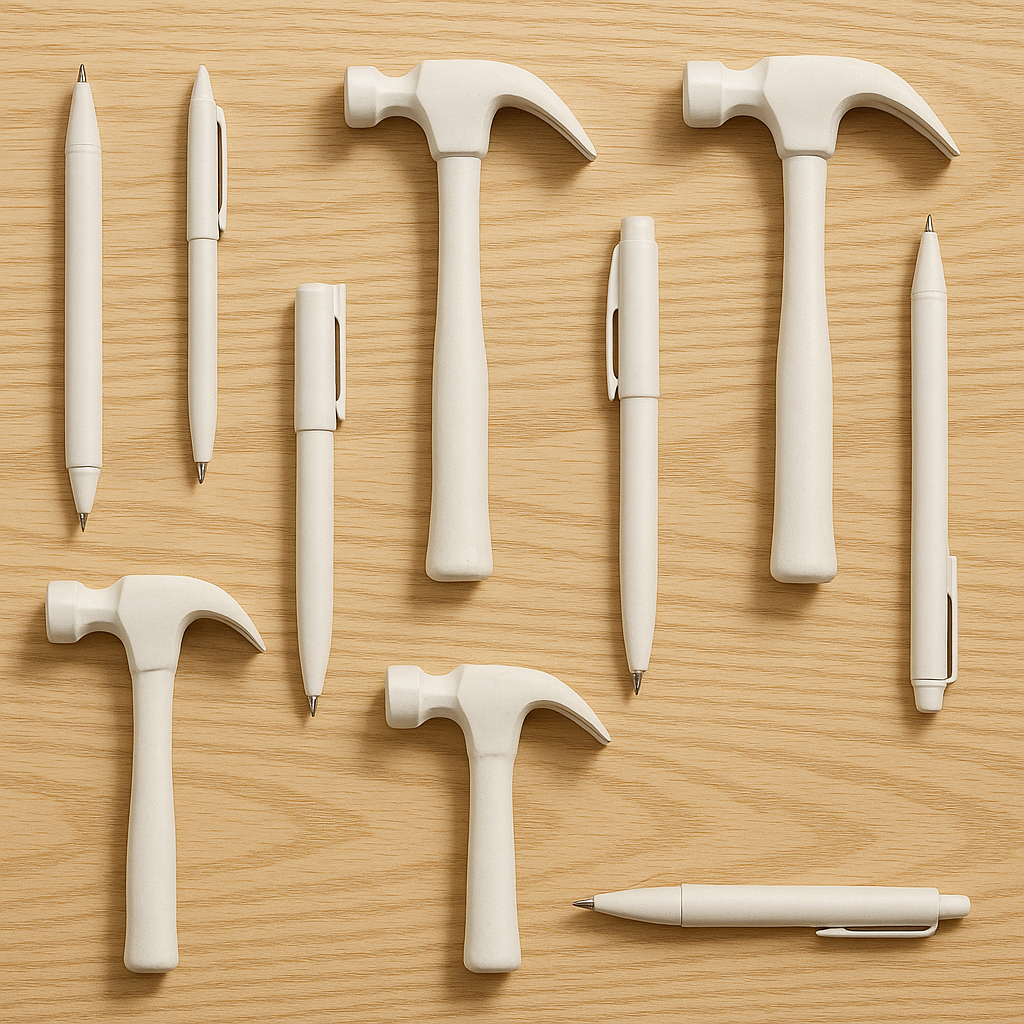Could Europe’s Next Great Product Leaders Come from Design?
In certain business environments, particularly in fast-moving tech and innovation-driven sectors, it's becoming more common to see designers take on product leadership roles. Companies with strong user-centric cultures such as Airbnb, Dropbox, and Square have shown how senior designers can bring valuable skills to product leadership. These include deep user insight, systems thinking, and the ability to navigate ambiguity with clarity.
It’s not a trend you read about in headlines, but it’s visible in people’s career paths. On LinkedIn, it’s easy to find professionals who once held titles like “Lead UX Designer” or “Service Designer” and now serve as Heads of Product or Product Strategists. Training programs like Reforge and General Assembly market directly to designers transitioning into product. Books like The Making of a Manager blend product and design leadership without drawing a hard line between the two. And more product managers are borrowing methods that were once exclusive to design.
But in Europe, this shift is less visible.
Designers often still face skepticism when applying for product roles. They’re asked whether they "understand the business" or are "too focused on the user." In many organizations, design and product live in separate silos, with clearly defined responsibilities and limited overlap. And the idea that a designer could own the roadmap or drive go-to-market decisions still feels radical in some environments.
So is Europe slow to embrace the designer-to-PM shift?
That question opens up a broader reflection on how product management has evolved.
From Execution to Strategy
Earlier in its history, product management was primarily an execution role. PMs were expected to deliver features, coordinate timelines, and manage backlogs. The job required structure and reliability more than creativity or insight. PMs were often seen as facilitators who implemented decisions made elsewhere.
But that model no longer fits.
Today, product managers are expected to be strategic. They define the problems worth solving, shape solutions that resonate with users, and align stakeholders around value. They are not only responsible for managing what gets built, but also for helping determine why it should be built in the first place.
And in making that shift, product management has borrowed heavily from design. Frameworks like the Double Diamond, Jobs to Be Done, and Discovery Sprints are design tools repurposed for product teams. Concepts like prototyping, reframing, desirability testing, and co-creation, once associated primarily with the design function, are now recognized as essential to building successful products.
So perhaps the most natural question to ask is this:
If modern product management requires the mindset and methods of design, why not also the people?
Why Designers Often Excel in Product Roles
Designers are trained to observe human behavior, identify patterns, and generate solutions that balance desirability with feasibility. They are comfortable with ambiguity and iteration. They know how to tell stories and bring stakeholders along. They don’t just ask what users want; they explore what users need but cannot yet articulate.
They also bring experience in running workshops, collaborating across disciplines, and framing trade-offs, all of which are essential in effective product work.
While some traditional PMs begin with features, designers are more likely to focus on desired outcomes. Where others rely on precedent, designers are trained to question assumptions. This mindset is increasingly necessary as organizations seek not just to build faster, but to build better.
What Designers Need to Learn
This isn’t to say the transition is automatic. Designers who want to move into product roles need to become fluent in:
Business metrics and success criteria
Prioritization frameworks
Technical conversations
Go-to-market strategy
But these skills are often easier to learn than the ability to deeply understand customers, challenge problem framing, and lead with empathy. Those, designers already have.
A Moment of Opportunity
Across Europe, many organizations are already recognizing the evolving nature of product leadership. As the role becomes more strategic, creative, and user-focused, there is growing potential to tap into talent that has long been sitting just next door, inside the design team.
One reason designers have not been more actively encouraged into product leadership roles may be a broader gap in how design’s business value is understood. In some business cultures, particularly in North America, concepts like design thinking and user-centered innovation have become increasingly mainstream in business schools and executive training. In Europe, these ideas are also gaining traction, but they haven’t always been central to how organizations think about value creation.
This creates an opportunity on both sides. Designers can step forward and build stronger fluency in business language and product strategy. At the same time, managers and product leaders can deepen their understanding of what design truly offers. In some cases, terms like "design thinking" have become misunderstood or dismissed. Often, it is seen as a series of short workshops ending in sticky notes, rather than a structured, iterative approach to solving real problems. This perception can limit how teams view design’s potential.
At its best, design is not about aesthetics or output. It is a discipline grounded in observation, reframing, prioritization, and structured experimentation.
European companies are well positioned to shape their own version of this evolution. By fostering collaboration, emphasizing long-term thinking, and drawing on their strong values, they can move toward a model of product leadership that integrates user understanding, business insight, and creative strategy from the outset.

